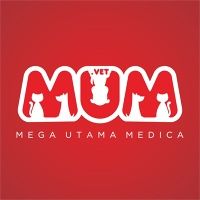Profil
 MEGA UTAMA MEDICA
MEGA UTAMA MEDICA
Distributor Alat Kesehatan Hewan Terdepan Di Indonesia, dengan produk-produk yang berkualitas tinggi.
 MEGA UTAMA MEDICA
MEGA UTAMA MEDICA
Distributor Alat Kesehatan Hewan Terdepan Di Indonesia, dengan produk-produk yang berkualitas tinggi.
© 2019 MEGA UTAMA MEDICA. sitemap
